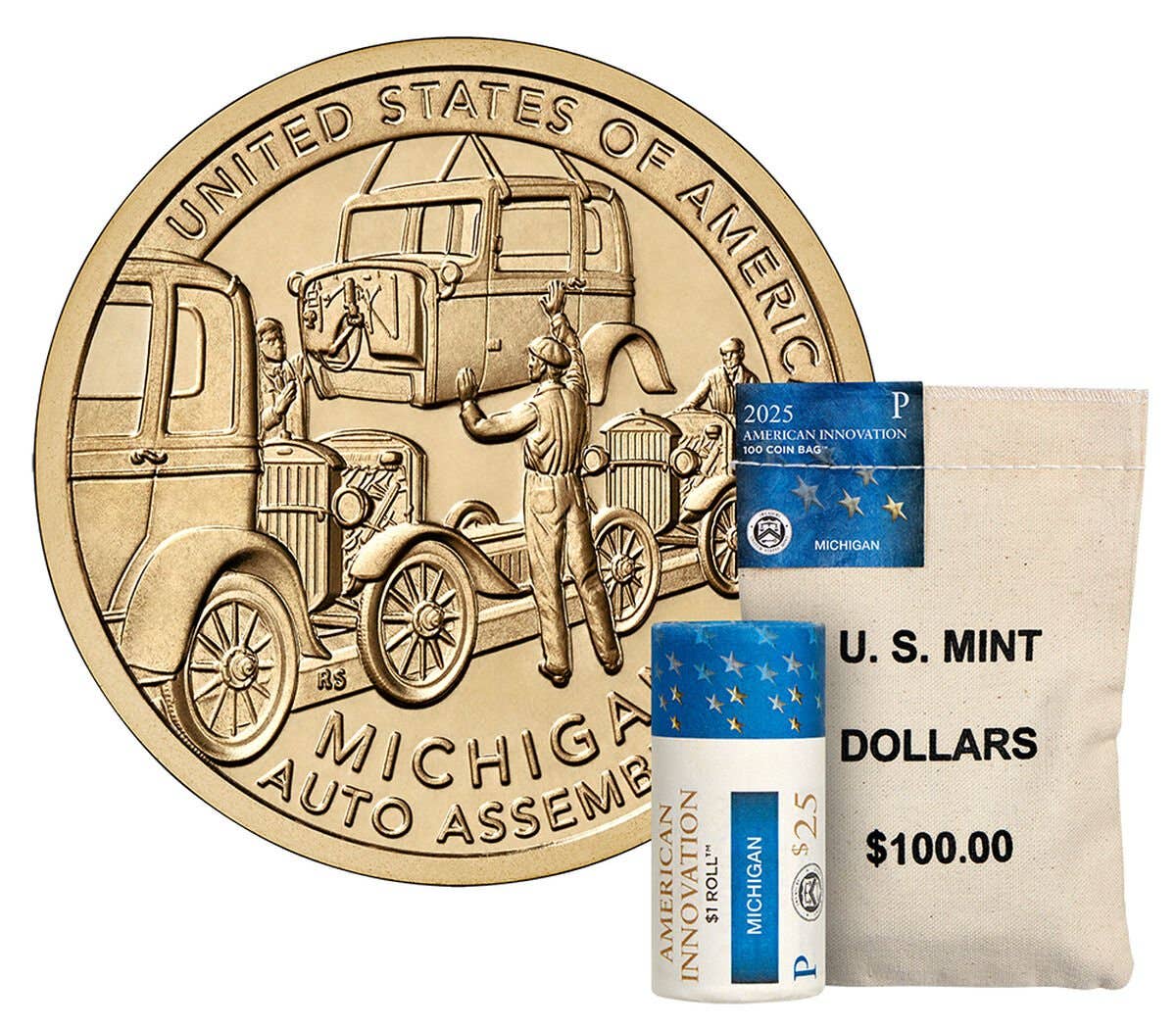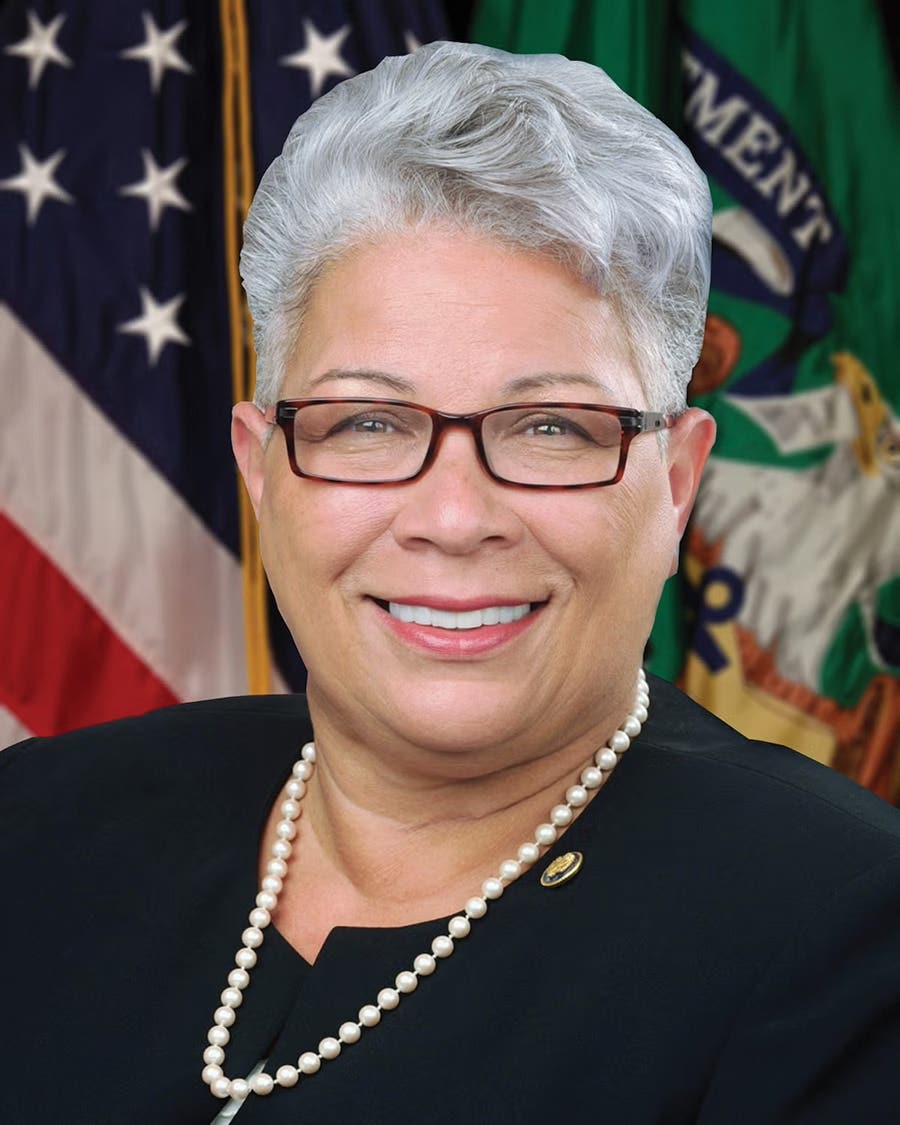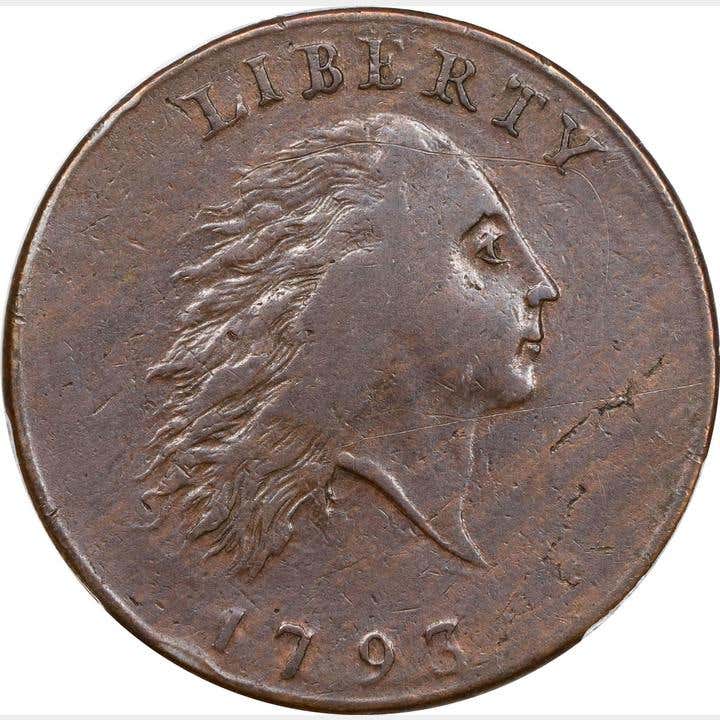Paving the Way with Patsy Takemoto Mink
Patsy Takemoto Mink shattered barriers as the first Asian American woman in Congress and a champion of Title IX. Now, her legacy is honored with a commemorative U.S. quarter, celebrating her lifelong fight for equality and opportunity.
Born Dec. 6, 1927, in Paia, Hawaii, Patsy Mink would become the first woman of color elected to the U.S. House of Representatives, the first Asian American woman to serve in Congress, and the first Asian American to run for president.
Mink graduated valedictorian in 1944 and went on to attend Wilson College in Pennsylvania and the University of Nebraska. She eventually transferred to the University of Hawaii in Honolulu after facing racial discrimination and getting diagnosed with a thyroid condition that required surgery. She graduated in 1948, majoring in zoology and chemistry. During her time there, she had hopes of becoming a doctor. She was elected president of the Pre-Medicine Students Club and also became a member of the varsity debate team.
When none of her applications to several medical schools were accepted, Mink decided to apply to law school, eventually getting accepted to the University of Chicago Law School.
Mink met her husband, John Mink, at school. They married and remained in Chicago. When Mink graduated from Law School in 1951, she kept her job at the University for another year before she and her husband moved back to Hawaii.
There, Mink registered for the bar exam but could never practice law in the territory due to her interracial marriage. Eventually, she started her own law firm and became the first Japanese American woman to practice law in Hawaii.
Hawaii became a state in 1959, and Mink knew she would want to serve in a position in government. She began campaigning to be elected as a congresswoman. Finally, in 1962, Mink was given a seat in the Hawaii State Senate.
In 1964, Mink was able to win a seat in the U.S. House of Representatives, making her the first Asian American woman to serve in Congress. There, she fought for gender and racial equality, affordable childcare, and bilingual education and became a supporter of Title IX. She was one of the authors and sponsors of the law stating that “No person in the United States shall, on the basis of sex, be excluded from participation in, be denied the benefits of, or be subjected to discrimination under any education program or activity receiving Federal financial assistance.”
Mink was dedicated to serving her constituents. She regularly traveled from D.C. to Hawaii to stay connected to her community and its concerns.
She served on numerous committees, including the Committee on Education and Labor, the Committee on Interior and Insular Affairs, and the Budget Committee. 1974 she passed the Women’s Educational Equity Act, which promoted gender equality in schools.
Mink was asked to run for United States President by the Oregon Democrats. She only received 2 percent of the vote, but it didn’t discourage her from remaining active in politics. She went on to serve as the president of the Americans for Democratic Action and the Assistant Secretary of State for Oceans and International Environmental and Scientific Affairs.
In 1990, Mink returned to the House of Representatives, serving an additional six terms. She was able to form the Congressional Asian Pacific American Caucus during that time.
In 2002, Mink was hospitalized for pneumonia. She passed away in Honolulu, Hawaii. After her death, the Title IX law was renamed the Patsy T. Mink Equal Opportunity in Education Act.
In 2024, the U.S. Mint released the American Women’s Quarter, honoring Patsy Takemoto Mink. The common obverse for the series depicts George Washington, sculpted by Laura Gardin Fraser. The reverse shows Mink holding the Title IX legislation, with the Capitol Building in the background. She wears a lei, representing her home state of Hawaii. The inscription “EQUAL OPPORTUNITY IN EDUCATION” is seen below her.
You may also like:








